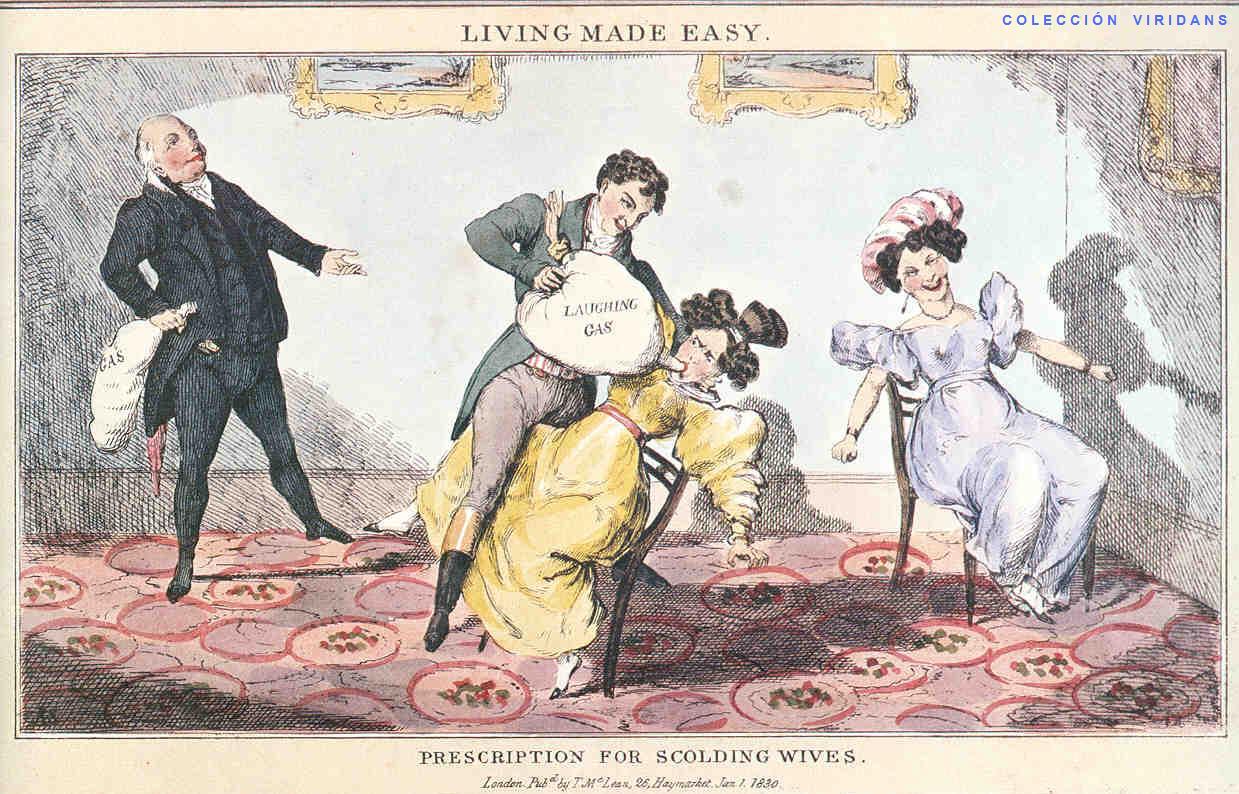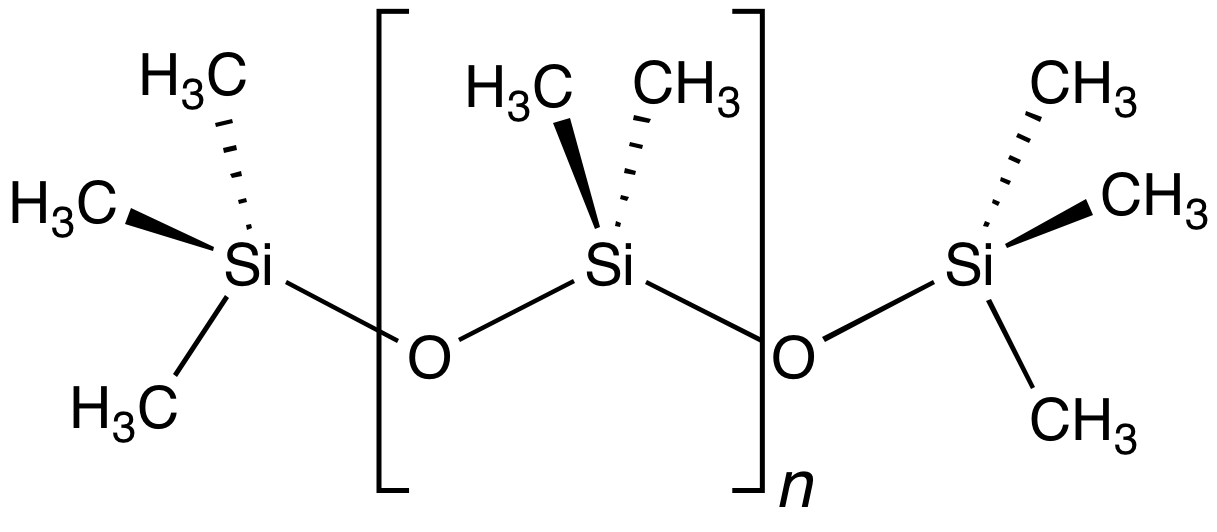|
Managed Intensive Grazing
In agriculture, rotational grazing, as opposed to continuous grazing, describes many systems of pasturing, whereby livestock are moved to portions of the pasture, called paddocks, while the other portions rest. Each paddock must provide all the needs of the livestock, such as food, water and sometimes shade and shelter. The approach often produces lower outputs than more intensive animal farming operations, but requires lower inputs, and therefore sometimes produces higher net farm income per animal. Approach In rotational grazing livestock are moved to portions of the pasture, called paddocks, while the other portions rest. The intent is to allow the pasture plants and soil time to recover. Healing native rangeland may require a combination of burning and rotational grazing. Rotational grazing can be used with ruminants such as cattle, sheep or goats; non-ruminants such as pigs can also be used. The herds graze one portion of pasture, or a paddock, while allowing the others ... [...More Info...] [...Related Items...] OR: [Wikipedia] [Google] [Baidu] |
Nitrous Oxide
Nitrous oxide (dinitrogen oxide or dinitrogen monoxide), commonly known as laughing gas, nitrous, or factitious air, among others, is a chemical compound, an Nitrogen oxide, oxide of nitrogen with the Chemical formula, formula . At room temperature, it is a colourless Flammability#Definitions, non-flammable gas, and has a slightly sweet scent and taste. At elevated temperatures, nitrous oxide is a powerful Oxidising agent, oxidiser similar to molecular oxygen. Nitrous oxide has significant Nitrous oxide (medication), medical uses, especially in surgery and dentistry, for its Anesthesia, anaesthetic and Analgesic, pain-reducing effects, and it is on the WHO Model List of Essential Medicines, World Health Organization's List of Essential Medicines. Its colloquial name, "laughing gas", coined by Humphry Davy, describes the Euphoria, euphoric effects upon inhaling it, which cause it to be used as a recreational drug inducing a brief "Dissociative, high". When abused chronically ... [...More Info...] [...Related Items...] OR: [Wikipedia] [Google] [Baidu] |
Herbicides
Herbicides (, ), also commonly known as weed killers, are substances used to control undesired plants, also known as weeds.EPA. February 201Pesticides Industry. Sales and Usage 2006 and 2007: Market Estimates. Summary in press releasMain page for EPA reports on pesticide use ihere Selective herbicides control specific weed species while leaving the desired crop relatively unharmed, while non-selective herbicides (sometimes called "total weed killers") kill plants indiscriminately. The combined effects of herbicides, nitrogen fertilizer, and improved cultivars has increased yields (per acre) of major crops by three to six times from 1900 to 2000. In the United States in 2012, about 91% of all herbicide usage, was determined by weight applied, in agriculture. In 2012, world pesticide expenditures totaled nearly US$24.7 billion; herbicides were about 44% of those sales and constituted the biggest portion, followed by insecticides, fungicides, and fumigants. Herbicide is also used i ... [...More Info...] [...Related Items...] OR: [Wikipedia] [Google] [Baidu] |
Fencerow
In agriculture, fences are used to keep animals in or out of an area. They can be made from a wide variety of materials, depending on terrain, location and animals to be confined. Most agricultural fencing averages about high, and in some places, the height and construction of fences designed to hold livestock is mandated by law. A is the strip of land by a fence that is left uncultivated. It may be a hedgerow or a shelterbelt (windbreak) or a refugee for native plants. If not too narrow, it acts as a habitat corridor. History Historically throughout most of the world, domestication, domesticated livestock would roam freely and were fenced out of areas, such as gardens or fields of crops, where they were unwanted. Over time, especially where crop agriculture became dominant and population density of both humans and animals was significant, livestock owners were made to fence their animals in. The earliest fences were made of available materials, usually Rock (geology), stone ... [...More Info...] [...Related Items...] OR: [Wikipedia] [Google] [Baidu] |
Integrated Pest Management
Integrated pest management (IPM), also known as integrated pest control (IPC) integrates both chemical and non-chemical practices for economic control of pests. The UN's Food and Agriculture Organization defines IPM as "the careful consideration of all available pest control techniques and subsequent integration of appropriate measures that discourage the development of pest populations and keep pesticides and other interventions to levels that are economically justified and reduce or minimize risks to human health and the environment. IPM emphasizes the growth of a healthy crop with the least possible disruption to agro-ecosystems and encourages natural pest control mechanisms." Entomologists and ecologists have urged the adoption of IPM pest control since the 1970s. IPM is a safer pest control framework than reliance on the use of chemical pesticides, mitigating risks such as: insecticide-induced resurgence, pesticide resistance and (especially food) crop residues.Bateman ... [...More Info...] [...Related Items...] OR: [Wikipedia] [Google] [Baidu] |
Thistles
Thistle is the common name of a group of flowering plants characterized by leaves with sharp spikes on the margins, mostly in the family Asteraceae. Prickles can also occur all over the planton the stem and on the flat parts of the leaves. These prickles protect the plant from herbivores. Typically, an involucre with a clasping shape similar to a cup or urn subtends each of a thistle's flower heads. The typically feathery pappus of a ripe thistle flower is known as thistle-down. The spininess varies considerably by species. For example, '' Cirsium heterophyllum'' has very soft spines while '' Cirsium spinosissimum'' is the opposite. Typically, species adapted to dry environments are more spiny. The term thistle is sometimes taken to mean precisely those plants in the tribe Cardueae (synonym: Cynareae), especially the genera '' Carduus'', '' Cirsium'', and ''Onopordum''. However, plants outside this tribe are sometimes also called thistles. Biennial thistles are particul ... [...More Info...] [...Related Items...] OR: [Wikipedia] [Google] [Baidu] |
Competitive Advantage
In business, a competitive advantage is an attribute that allows an organization to outperform its competitors. A competitive advantage may include access to natural resources, such as high-grade ores or a low-cost power source, highly skilled labor, geographic location, high entry barriers, and access to new technology and to proprietary information. Overview The term ''competitive advantage'' refers to the ability gained through attributes and resources to perform at a higher level than others in the same industry or market (Christensen and Fahey 1984, Kay 1994, Porter 1980 cited by Chacarbaghi and Lynch 1999, p. 45). The study of this advantage has attracted profound research interest due to contemporary issues regarding superior performance levels of firms in today's competitive market. "A firm is said to have a competitive advantage when it is implementing a value creating strategy not simultaneously being implemented by any current or potential player" (Barney 1991 cited ... [...More Info...] [...Related Items...] OR: [Wikipedia] [Google] [Baidu] |
Ecological Niche
In ecology, a niche is the match of a species to a specific environmental condition. Three variants of ecological niche are described by It describes how an organism or population responds to the distribution of Resource (biology), resources and competitors (for example, by growing when resources are abundant, and when predators, parasites and pathogens are scarce) and how it in turn alters those same factors (for example, limiting access to resources by other organisms, acting as a food source for predators and a consumer of prey). "The type and number of variables comprising the dimensions of an environmental niche vary from one species to another [and] the relative importance of particular environmental variables for a species may vary according to the geographic and biotic contexts". See also Chapter 2: Concepts of niches, pp. 7 ''ff'' A Grinnellian niche is determined by the habitat in which a species lives and its accompanying Behavioral ecology, behavioral adaptations. ... [...More Info...] [...Related Items...] OR: [Wikipedia] [Google] [Baidu] |
Defoamer
A defoamer or an anti-foaming agent is a chemical additive that reduces and hinders the formation of foam in industrial process liquids. The terms anti-foam agent and defoamer are often used interchangeably. Strictly speaking, defoamers eliminate existing foam and anti-foamers prevent the formation of further foam. Commonly used agents are insoluble oils, polydimethylsiloxanes and other silicones, certain alcohols, stearates and glycols. The additive is used to prevent formation of foam or is added to break a foam already formed. In industrial processes, foams pose serious problems. They cause defects on surface coatings and prevent the efficient filling of containers. A variety of chemical formulae are available to prevent formation of foams. Properties Generally a defoamer is insoluble in the foaming medium and has surface active properties. An essential feature of a defoamer product is a low viscosity and a facility to spread rapidly on foamy surfaces. It has affinity to ... [...More Info...] [...Related Items...] OR: [Wikipedia] [Google] [Baidu] |
Lotus Corniculatus
''Lotus corniculatus'' is a flowering plant in the pea family Fabaceae. Common names include common bird's-foot trefoil, eggs and bacon, birdsfoot deervetch, and just bird's-foot trefoil (a name also often applied to other ''Lotus'' spp.). It has a wide distribution and is a favored forage for livestock. Description It is a perennial herbaceous plant. The height of the plant is variable, from , occasionally more where supported by other plants; the stems can reach up to long. The name 'bird's foot' refers to the appearance of the seed pods on their stalk. Five leaflets are present, but with the central three held conspicuously above the others, hence the use of the name 'trefoil'. The flowers bloom from June to September and develop into small pea-like pods or legumes. The plant had many common English names in Britain, which are now mostly out of use. These names were often connected with the yellow and orange colour of the flowers, e.g. 'butter and eggs'. One name that is s ... [...More Info...] [...Related Items...] OR: [Wikipedia] [Google] [Baidu] |
Legume
Legumes are plants in the pea family Fabaceae (or Leguminosae), or the fruit or seeds of such plants. When used as a dry grain for human consumption, the seeds are also called pulses. Legumes are grown agriculturally, primarily for human consumption, but also as livestock forage and silage, and as soil-enhancing green manure. Legumes produce a botanically unique type of fruit – a simple fruit, simple Dry fruits, dry fruit that develops from a simple carpel and usually Dehiscence (botany) , dehisces (opens along a seam) on two sides. Most legumes have Symbiosis , symbiotic nitrogen fixation , nitrogen-fixing bacteria, Rhizobia, in structures called root nodules. Some of the fixed nitrogen becomes available to later crops, so legumes play a key role in crop rotation. Terminology The term ''pulse'', as used by the United Nations' Food and Agriculture Organization (FAO), is reserved for legume crops harvested solely for the dry seed. This excludes green beans and Pea , green ... [...More Info...] [...Related Items...] OR: [Wikipedia] [Google] [Baidu] |





